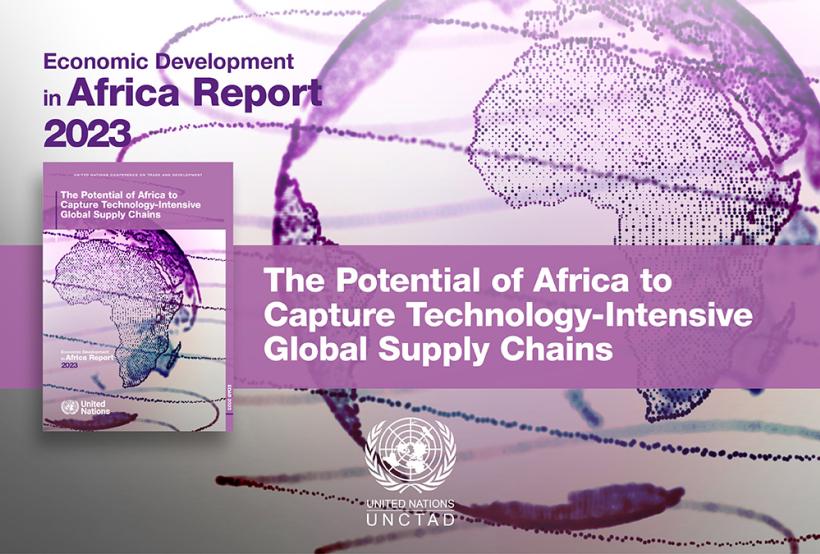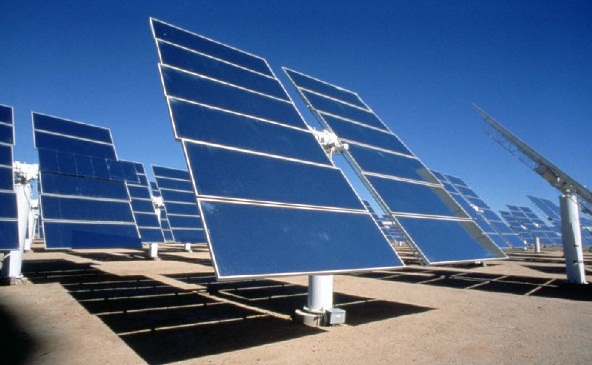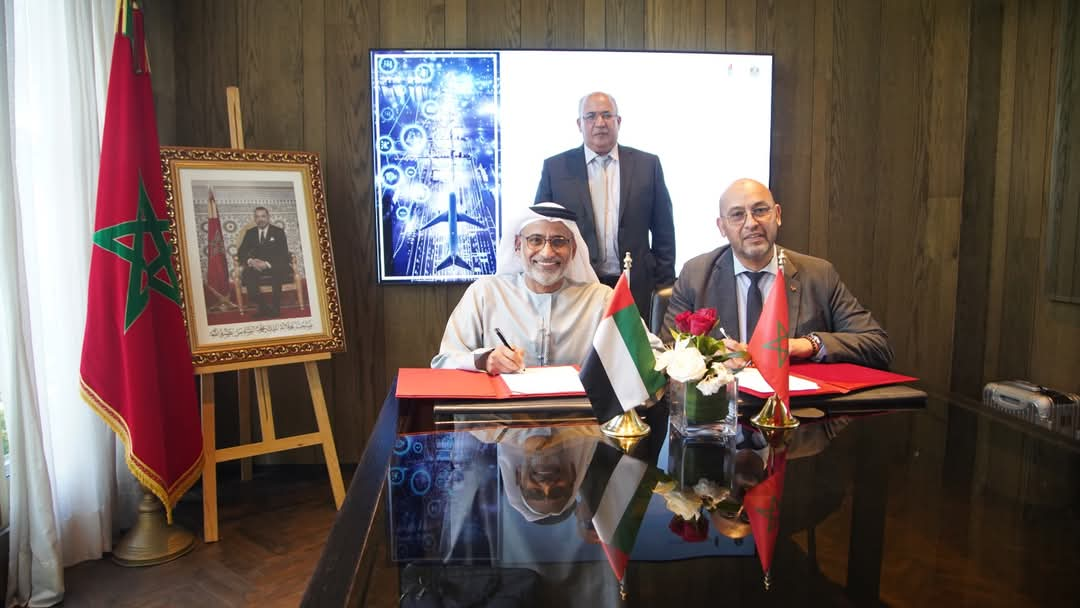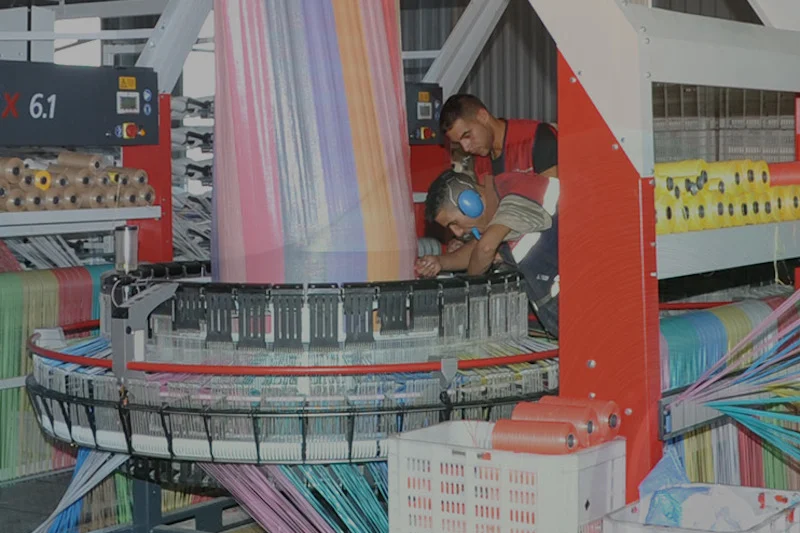The UN Conference on Trade and Development has praised the progress made by the automotive industry in Morocco, which is now positioned as a production platform with the entry of several groups, including German Motor Distributors, Renault, Snop (parts and components supplier), Stellantis, Sumitomo Electric Wiring Systems and Yazaki.
In its “Economic Development in Africa” report 2023, UNCTAD said that the Moroccan automotive industry has evolved since 1957 from the assembly of vehicles (Société marocaine de constructions automobiles) to their production.
In 2021, 403,007 vehicles were manufactured in Morocco, with exports valued at $8.3 billion, $3.4 billion of which were final vehicle exports. Approximately 220,000 jobs were created in the sector, and a burgeoning components network of more than 230 tier 1 and 2 suppliers was set up. This represents a local integration rate of 60 per cent.
Manufacturing in Morocco is moving towards more complex components with high value added, such as engine manufacturing, engineering, and research and development. Morocco also produces about 40,000–50,000 electric vehicles per year, said the UNCTAD report.
However, since the domestic registration of new vehicles is low (175,435 units in 2021), the assembly of vehicles is oriented towards the European market. For example, Renault, which has the largest assembly plant with a capacity of 400,000 units, exports most of its production.
The Citroën Ami, made in Kenitra, Morocco, was the most widely sold vehicle in Spain in 2022. In December 2022, X-Electric Vehicle of China, known commonly as XEV, announced plans to produce electric cars in Morocco for the Italian market.
Various factors have enabled Morocco to attract multinational companies and support local content: investment in infrastructure (domestic and international connectivity); the creation of six special economic zones, in which investors receive tax exemptions and other incentives; and its proximity to Europe. Domestic industrial policies and plans, such as the Industrial Acceleration Plan 2014–2020, have fostered the automotive industry ecosystem and have seen the advent of industrial parks and the automotive cities of Kenitra and Tangier, Morocco.
The integration of Morocco into the global economy, facilitated by the signing of various free trade agreements, has also made the country a lucrative investment location. In addition, engineering and research and development capacities have grown with the establishment of a regional technical centre by Stellantis and the first automobile testing centre in Africa, which will allow Morocco to be autonomous in terms of the validation and homologation of parts and vehicles. Systematic investment in education and skill development, digitization and supplier development programmes has also enabled the emergence of Moroccan know-how in the manufacturing of parts and components.
According to UNCTAD, Morocco aims to produce one million cars per year by 2025 and achieve a local integration rate of 80 per cent. In 2020, it already had an installed annual capacity of 700,000 vehicles.
The Moroccan government initiatives and plans are designed to enhance local integration, scale up industrial activities, upgrade operations across the value chain, improve levels of technology and knowledge transfer, and diversify export markets.
Addressing these challenges could also help increase the participation of small and medium-sized domestic enterprises in the assembly phase, which remains limited.
To maintain growth and foster supply chain sustainability, vehicle export destinations should be diversified, and the automotive industry in Morocco should target the African parts market that is dominated by second-hand vehicles, said UNCTAD report.
In November 2022, Stellantis announced a $300 million investment in its manufacturing facility to double productive capacity to 400,000 units and serve the Middle East and Africa market.
In comparison with other African countries based on 2019 statistics, UNCTAD said the production of vehicles in Africa was dominated by South Africa (631,921 units) and Morocco (403,218 units), followed by Algeria (60,012 units) and Egypt (18,500 units).
In Morocco, a sharp increase in vehicle production, from 42,066 in 2010 to 403,007 in 2021, was driven by large investments by original equipment manufacturers from Europe. The geographical location of Morocco, its stable political and macroeconomic environment, investment in infrastructure and a national framework to support the automotive industry were factors that made these investments attractive.



